About the project
At IRISS, we want to better understand the experiences of staff working closest with people supported by services – those who are supporting people everyday in their homes, in a homely context or in the community.
This project asked people, over one week, to record their experiences of delivering care and support using qualitative, creative methods (sometimes these methods are called ‘cultural probes‘).
We chose this method because:
- we know that frontline practitioners won’t be at a computer all of the time (and are more likely to be in and out of people’s houses or in the community) so electronic surveys and observation won’t work as well.
- we know that frontline practitioners do a lot of travelling from place to place, so talking to them on the phone was likely to be tough.
- we wanted to understand experiences, so qualitative methods are better than quantitative
- we wanted to take a ‘deep dive’ into a select number of cases, rather than take a broad brush overview of a larger sample
- this technique allows people to self-report and allows for an element of creativity not possible in standard surveys or interviews.
Overall, 120 people applied to participate and packs were distributed. We received 74 packs back. Here is an overview of the makeup of the group of people who were involved.
We were really pleased to have almost equal representation from the private, voluntary and public sector – and the spread of the types of support that these practitioners provide is also quite evenly spaced.
The wealth of rich data we received has been overwhelming. We had no idea that participants would warm so well to their task and be able to provide quite as much detail as they did in their diaries and timesheets – for which we are truly grateful.
The data includes:
- 9 x 74 pieces of information from ‘prompt cards’ – designed to elicit responses on specific topics ranging from ‘work/life balance’ to ‘Support and Supervision’.
- 74 diaries – designed to give people the luxury of recording anything that they wished
- 74 timesheets – hourly data on the types of activities that people undertook each day
- 74 x 24 photographs (and associated ‘tags’ to explain the photographs) designed to encourage people to creatively record the story of their experience
- 74 x 4 reflection points – in each pack we asked participants to reflect back on their week and to use a sticker to identify: one thing that they were proud of, one thing that stood out for them (good or bad), one thing that they wished they could change, and one thing that they wanted to tell their manager.
We are currently in the early stages of analysis which will involve comparison between responses from each of the sectors, as well as across the different themes that are emerging. After an initial eyeball of the data, we’ve been particularly struck by the complexity of the long-term challenges facing frontline practitioners, as well as their knowledge, tenacity and resilience.
At IRISS, we aspire to being as participatory as possible which is why we have chosen to begin analysis with the reflection points submitted by each of the participants themselves. In essence, we felt that this was using their own identification of important factors from their week as a starting point. We worked together with participants to make sense of this data at an event in March – more coming on this very soon.
Update October 2015
The View from Here website is now available.

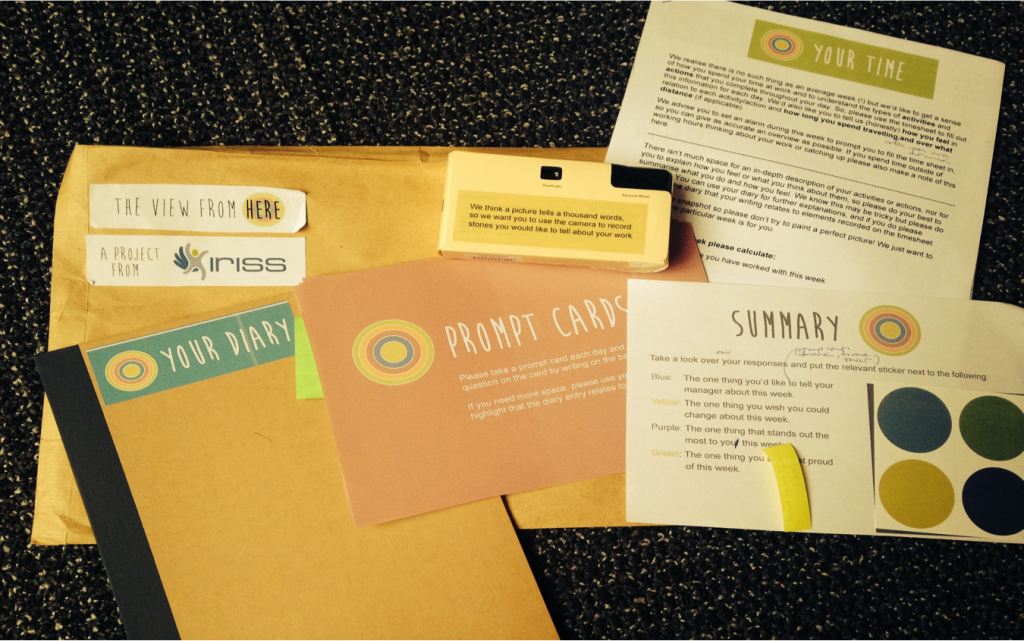
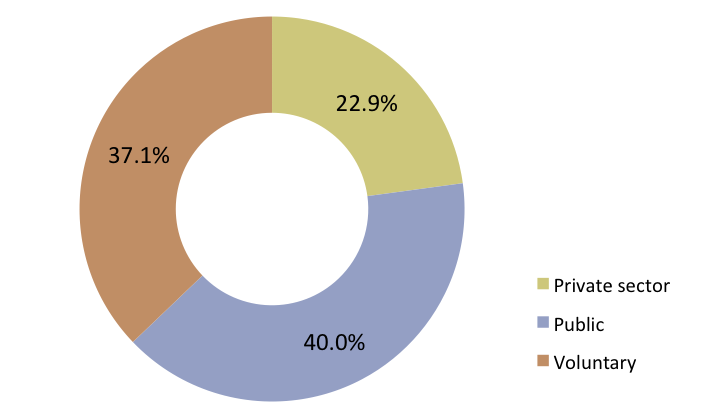
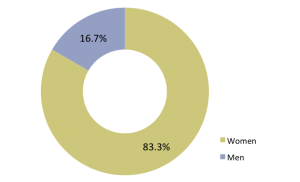
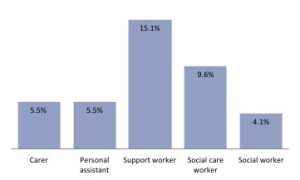
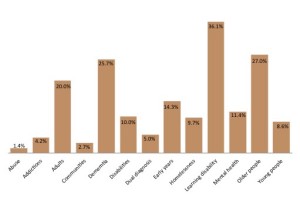
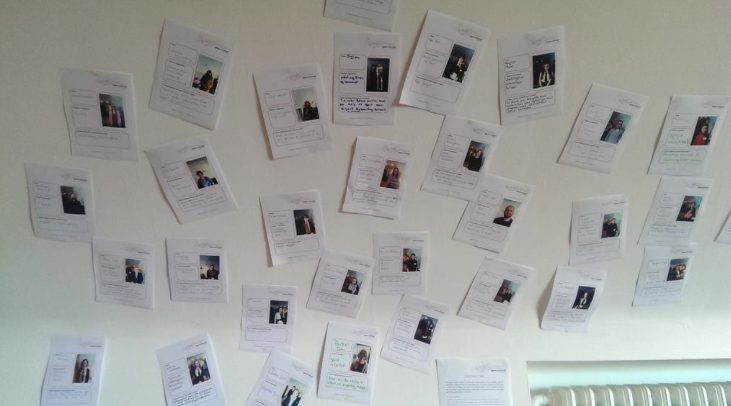


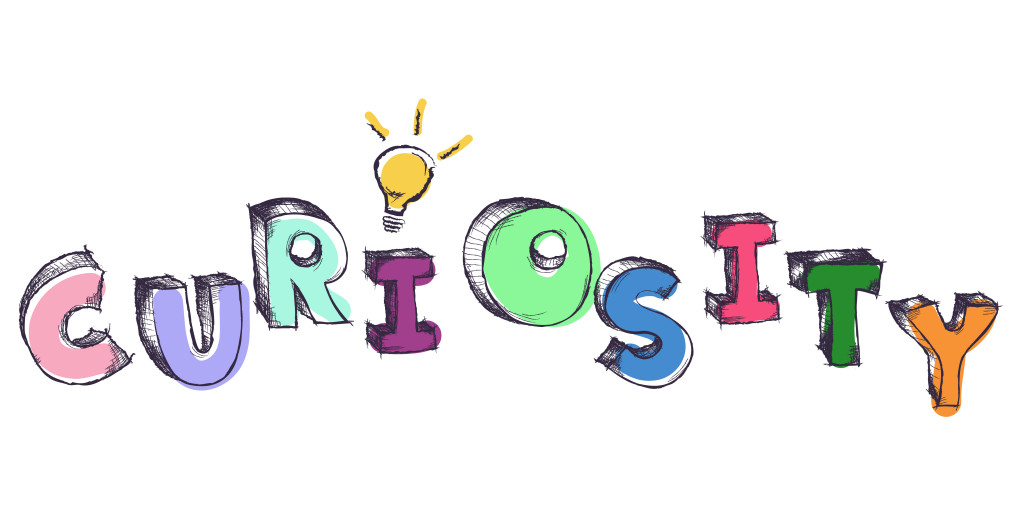
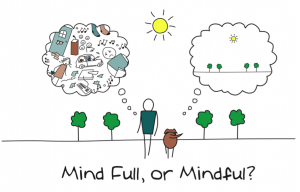
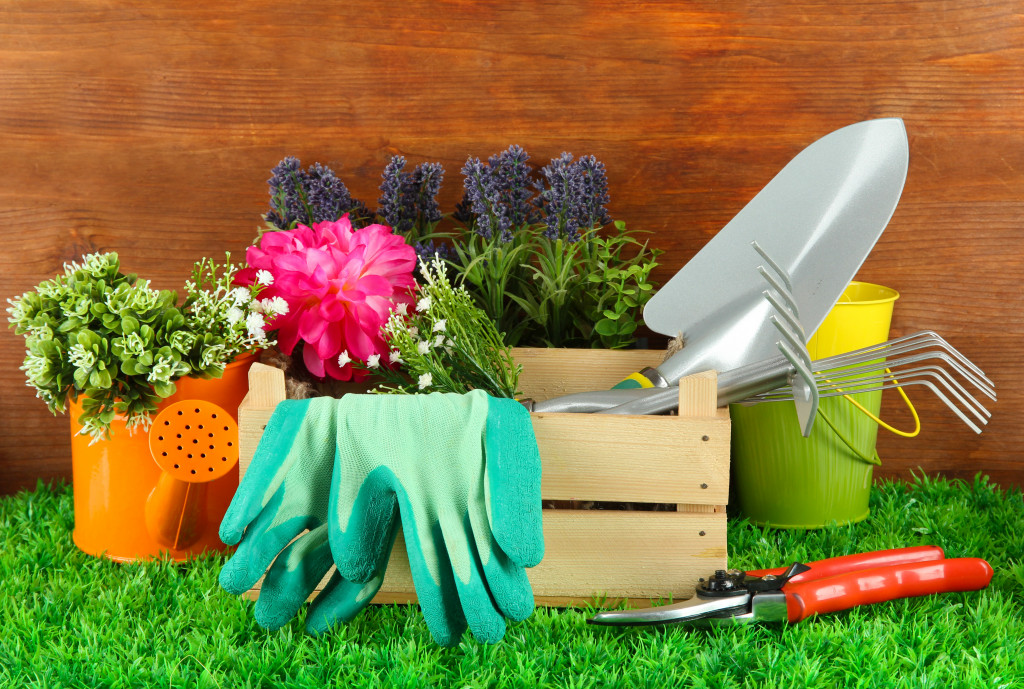
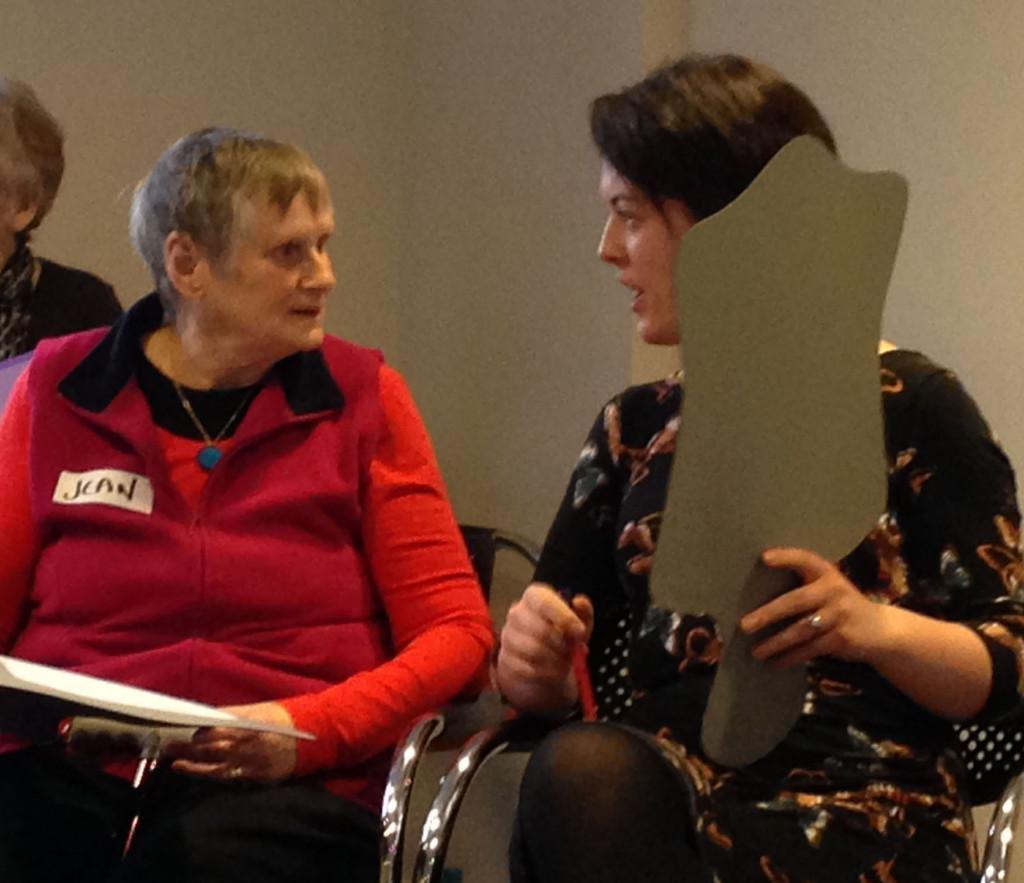
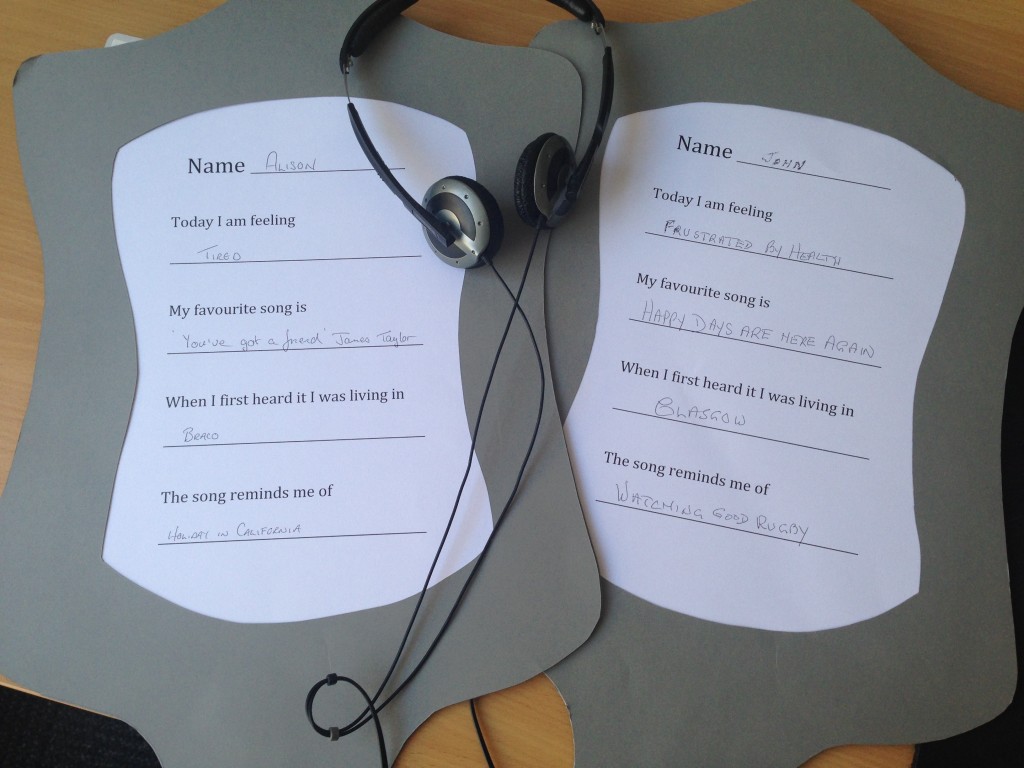 Through conversation with other workshop members everyone has opportunities to share, relate and learn through the exploration of types of experiences they have in common. So far we have created a playlist of the workshop members favourite songs, and we can map the places in the world that they hold dear to their heart.
Through conversation with other workshop members everyone has opportunities to share, relate and learn through the exploration of types of experiences they have in common. So far we have created a playlist of the workshop members favourite songs, and we can map the places in the world that they hold dear to their heart.